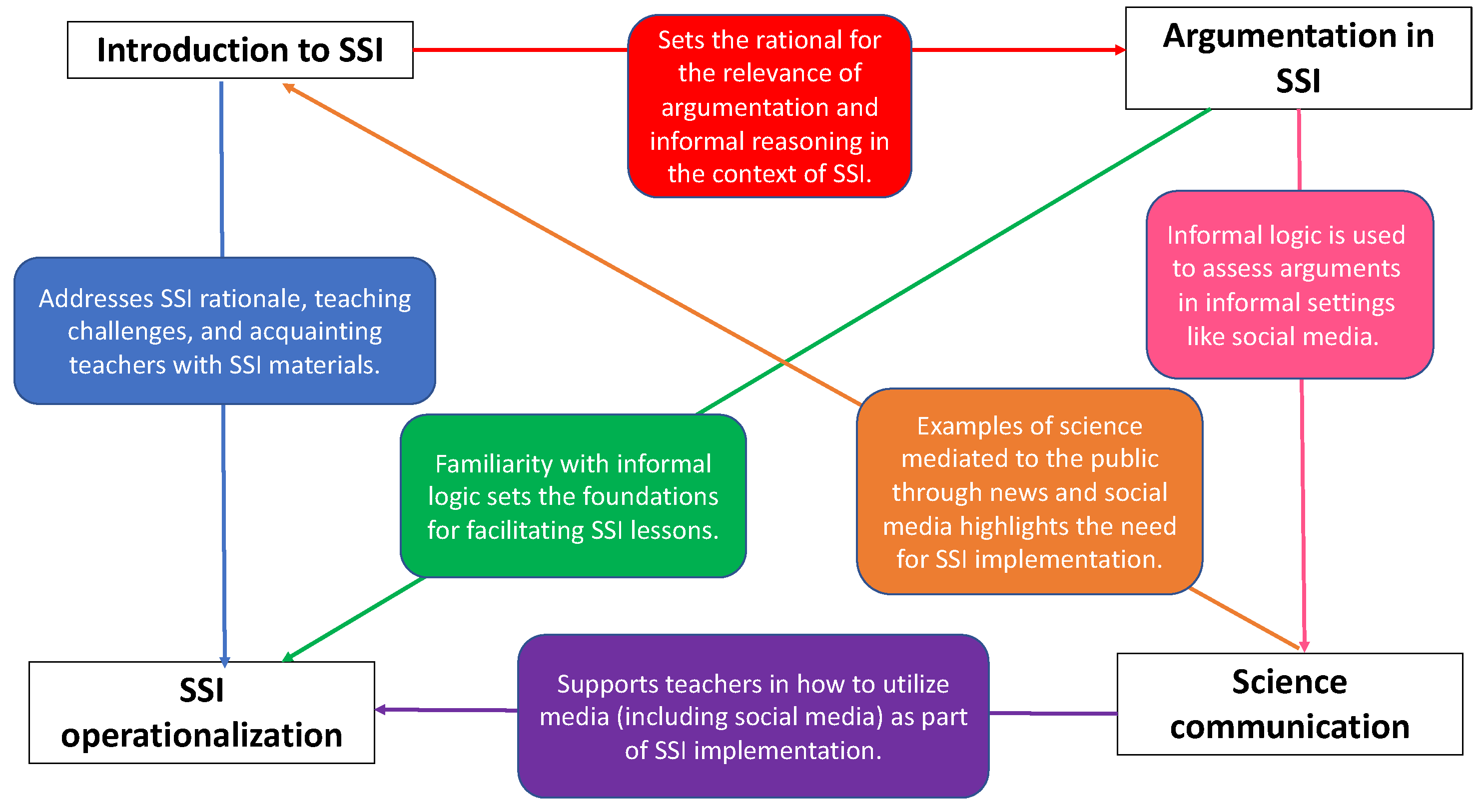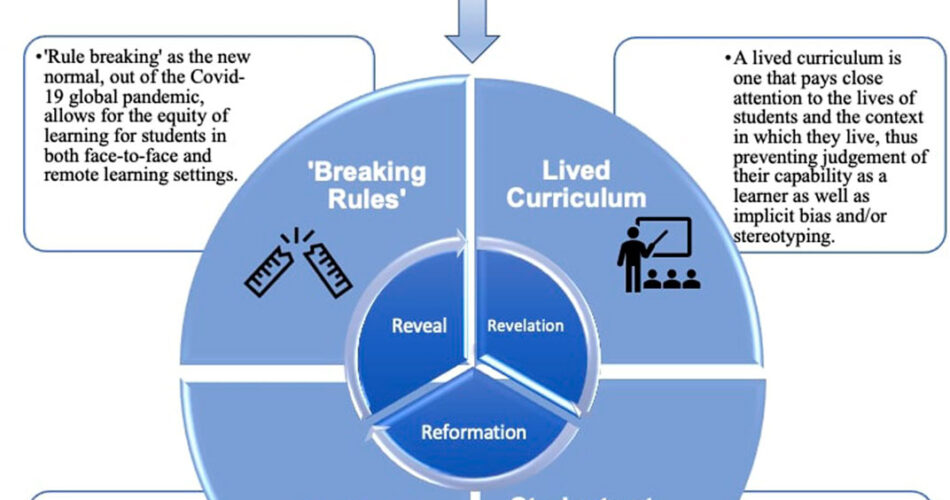Individuals who misinterpret prescription labels or who cannot navigate healthcare systems exemplify health literacy challenges. Those struggling to understand medical advice also face these issues.
Understanding health literacy is crucial for anyone looking to navigate the intricate world of healthcare effectively. Health literacy challenges encompass a range of difficulties individuals face, such as interpreting medical information, making informed health decisions, or even just communicating effectively with healthcare providers.
Essential for maintaining good health, it involves the ability to read, comprehend, and use healthcare information to make appropriate health decisions. People with health literacy challenges may encounter obstacles that can lead to decreased access to healthcare services, poor health outcomes, and higher healthcare costs. Addressing these challenges is imperative for the well-being of individuals and the efficiency of healthcare systems worldwide.

Credit: www.everydayhealth.com
Defining Health Literacy
Health literacy is crucial for everyone. It’s how people understand and use health information in daily life. Good health literacy lets people make sound health choices. It affects how they manage their health care, interact with doctors, and how they look after their family’s health.
The Components Of Health Literacy
Health literacy involves several skills. These are the building blocks for good health:
- Reading and writing skills
- Listening and speaking skills
- Numeracy — dealing with numbers
- Understanding complex health information
- Making healthcare decisions
| Area | Skills Needed |
|---|---|
| Healthcare Navigation | Finding the right care, understanding rights |
| Preventive Health | Knowing how to stay healthy, avoid sickness |
| Chronic Management | Using medication correctly, self-care routines |
Why Health Literacy Matters
When health literacy is low, challenges emerge. People may struggle with:
- Understanding medication labels
- Following doctor’s instructions
- Measuring doses correctly
- Avoiding hospital visits
With high health literacy, people live healthier. They use services well and save money. Society benefits too. It sees lower healthcare costs and better public health. Health literacy empowers people. It improves lives and strengthens communities.

Credit: www.scribd.com
Identifying Health Literacy Challenges
Not everyone can easily understand health information. This is a big problem. People with health literacy challenges struggle to follow medical advice. They have a hard time making the right health choices. Let’s look at what this looks like.
Common Traits Of Low Health Literacy
Knowing the signs of low health literacy helps us support those in need. Here are some traits to watch for:
- Confusion: People may look puzzled when reading medical forms.
- Questions: They ask many basic questions about instructions.
- Help Requests: They often need help filling out health forms.
- Medicine Management: Trouble in managing their own medicines.
- Doctor Visits: Rarely ask doctors questions during visits.
Assessment Tools For Health Literacy
There are tools to help us find those with low health literacy. Check out these tools:
| Tool Name | What It Does |
|---|---|
| REALM | Tests word recognition and pronunciation. |
| TOFHLA | Measures reading skills in a health context. |
| NVS | Assesses ability to understand labels and dosing. |
| HLA | Evaluates general health literacy. |
Use these tools to help someone today. Better health literacy leads to better health choices.
Barriers To Improving Health Literacy
Barriers to Improving Health Literacy are critical to address. A key to wellness and disease management lies in understanding health information. Yet, many face hurdles in grasping such essential knowledge. Let’s explore the main challenges that prevent individuals from becoming health literate.
Educational Disparities
Education is the foundation of understanding. A lack of education often means a lack of health literacy. People with fewer years of education struggle to decode medical jargon. They find it tough to navigate healthcare systems. This can lead to poor health choices. Consider these facts:
- Schooling Levels: Higher education often links to better health awareness.
- Health Outcomes: Those with limited schooling may face worse health outcomes.
- Resources: Access to learning tools can empower individuals to make informed decisions.
Cultural And Language Obstacles
Every culture and language carries unique patterns of communication. Diversity enriches our society. But it also introduces complexity in healthcare communications. People with different cultural backgrounds often miss out on crucial health information due to these barriers.
| Translations: | Medical documents are not always available in all languages. |
| Customs: | Cultural practices can influence health perceptions. |
| Trust: | Forging trust in healthcare may be hard for some cultures. |
Addressing these barriers is a step towards empowering everyone. Tailored education programs and culturally sensitive communication could be game changers. They ensure that vital health messages reach and resonate with all individuals, regardless of their background.
The Impact Of Low Health Literacy
The Impact of Low Health Literacy touches upon both individual and systemic aspects of healthcare. People with challenges understanding health information face significant barriers. This reality affects their well-being and the effectiveness of healthcare services. Exploring this issue uncovers the vital need for improved communication and education.
Effects On Individual Health
Low health literacy leads to difficulties in:
- Understanding prescription labels and medical instructions
- Making informed health decisions
- Evaluating risks and benefits of treatments
- Fostering a productive relationship with healthcare providers
These challenges often result in:
- Poorer overall health outcomes
- Increased risks of hospitalization
- Higher incidence of chronic disease
- Less frequent use of preventive services
Individuals with low health literacy may also experience feelings of shame and frustration, deterring them from seeking help.
Consequences For The Healthcare System
The healthcare system faces the strain of low health literacy through:
| Consequence | Impact |
|---|---|
| Higher Costs | Due to increased use of services like emergency care |
| Inefficiencies | Time lost in explaining basic health information |
| Quality of Care | Potential compromise due to misunderstandings |
| Preventive Measures | Underutilization leads to more advanced illnesses |
- Communication gaps between patients and providers burden the system.
- Inadequate health outcomes translate into additional costs.
- Preventable readmissions put pressure on hospital resources.
Addressing health literacy is essential for a patient-centric and efficient healthcare system.
Case Studies Of Affected Populations
Welcome to our exploration of ‘Case Studies of Affected Populations’ in the health literacy spectrum. Health literacy challenges can create hurdles in accessing, understanding, and utilizing necessary health information. Let’s shed light on two populations particularly impacted.
Senior Citizens
Older adults face unique health literacy issues. They often deal with complex health conditions requiring clear understanding and management. Changes in cognitive abilities further complicate matters.
- Memory decline makes it tough to remember important health information.
- Visual or hearing impairments hinder communication with healthcare providers.
- Medication management becomes a daunting task with multiple prescriptions.
A study by the National Assessment of Adult Literacy found 71% of adults over age 60 had difficulty in using printed materials effectively for health-related tasks.
Non-native Language Speakers
Individuals with limited proficiency in the local language struggle with health literacy. Instructions, prescriptions, and medical terms become a barrier to proper healthcare.
| Challenge | Impact |
|---|---|
| Language Barriers | Missed appointments, misunderstood advice, and potential misuse of medication. |
| Cultural Differences | Confusion over medical protocols or hesitancy in discussing health issues openly. |
| Navigating the Healthcare System | Difficulties in accessing services and lack of representation in patient education materials. |
Evidence reveals that non-native speakers have a higher risk of hospitalization due to misunderstandings in their care instructions.
Strategies For Supporting People With Health Literacy Challenges
Understanding health information is hard for some people. They face challenges when making decisions about health. We need good ways to help them. Let’s talk about how to support these people.
Educational Programs
Teaching is a powerful tool. It can improve people’s understanding about health. Here are ways to educate:
- Simple language classes make it easier to understand health terms.
- Visual aids, like pictures and videos, show health ideas better.
- Interactive workshops let people practice what they learn.
Policy Interventions
Changing rules can make a big difference. Governments and organizations can:
- Create easy-to-read guides for all health services.
- Make sure all people have access to health education, no matter their background.
Digital Divide And Health Literacy
The digital age promises improved health knowledge for all. Yet, a gap exists. This gap often leaves certain individuals behind when it comes to understanding and managing their health through digital means. Here we explore the ties between the digital divide and health literacy, focusing on two significant challenges: accessing online resources and navigating digital health information.
Access To Online Resources
For many, the internet is a gateway to health information. But not everyone can enter. This is where the digital divide shows its impact.
- Internet Connection: Not all homes have this basic tool.
- Devices: Smartphones, computers, or tablets are not available to everyone.
- Affordability: The high cost could be a barrier.
Together, these factors can limit a person’s ability to seek online health resources.
Navigating Digital Health Information
Once online, the battle isn’t over. One must know how to find and understand health information.
- Search Skills: Knowing what to look for is key.
- Critical Thinking: Not all health information online is trustworthy.
- Technical Terms: Medical jargon can be overwhelming.
This is a complex skill set that many may not possess, further complicating health literacy.

Credit: www.mdpi.com
Moving Forward: The Path To Higher Health Literacy
Tackling health literacy challenges means taking decisive steps towards understanding and using health information. Health literacy empowers people. It helps them make smart health choices. It leads to better health outcomes. This journey is not simple. It’s about community and communication innovation.
Community Engagement
Community engagement is crucial in raising health literacy. It involves everyone. Doctors talk plainly to patients. Schools teach kids about health. Local groups offer help. This way, communities grow healthier together.
- Doctors simplify medical jargon.
- Schools include health in the curriculum.
- Community centers hold workshops.
Innovations In Health Communication
Innovation drives health understanding. Technology makes it easier. Apps explain prescriptions. Websites offer health tips. Videos show exercise benefits. These tools reach people where they are. They bring health education to everyone’s fingertips.
| Tool | Purpose | Impact |
|---|---|---|
| Apps | Track and explain meds | Improves medication adherence |
| Websites | Provide health resources | Spreads awareness |
| Videos | Showcase healthy habits | Encourages lifestyle change |
Frequently Asked Questions For Which Of The Following Exemplifies People With Health Literacy Challenges
What Are The Problems With Health Literacy?
Health literacy issues lead to misunderstanding medical instructions, poor healthcare decisions, and increased hospitalization risks. Low literacy impacts medication adherence, preventive care uptake, and overall health outcomes. It also results in higher healthcare costs and less effective communication with healthcare providers.
Which Of The Following May Generally Describe Someone With Low Health Literacy?
A person with low health literacy may struggle to understand medical information, follow health-related instructions, or communicate effectively with healthcare providers. They might have difficulty filling out health forms and managing their overall health care.
What Are The Factors Affecting Health Literacy?
Factors affecting health literacy include education level, access to healthcare information, cultural influences, communication skills, and personal health experience.
Which Of The Following Factors Is Associated With Low Health Literacy?
Factors associated with low health literacy include limited education, cultural barriers, and advanced age. Language proficiency and access to resources also play a significant role.
Conclusion
Understanding health information can be daunting for many. The examples discussed highlight barriers facing those with health literacy challenges. To bridge this gap, accessible communication and supportive resources are pivotal. Empowering individuals with knowledge leads to better health outcomes. Let’s commit to fostering health literacy for all.


